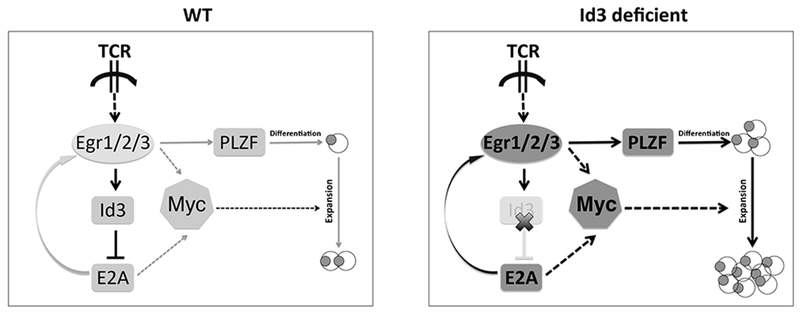Fig. 5. The feedback regulation loop of Egr2-Id3-E2A controls the development and expansion of γδNKT cells.

Sensing proximal TCR signaling, a cassette of downstream signaling is activated including pErk, Egr, Id3 and E2A molecules. The dosage of E-proteins is critical for γδ T cell lineage development. On the left side, normally pErk can activate Egr genes including Egr1, Egr2 and Egr3, then in turn to induce Id3 expression to suppress E-protein activity. The low dose of E-proteins could induce medium levels of Egr and PLZF gene expression and lead to the development of conventional γδ T cells and a very small population (1/10 in total γδ T cells) of γδNKT cells. On the right side, when Id3 is missing, the inhibition of E-protein activity is released, which strongly induces Egr2, Egr3 and PLZF expression to enhance γδNKT cell differentiation. Meanwhile, strong E-protein activity and Egr2 expression could elevate c-Myc expression to cause a dramatic expansion of γδNKT cells. Therefore, the regulation loop of Egr2-Id3-E2A controls γδNKT cell lineage differentiation and population size.
